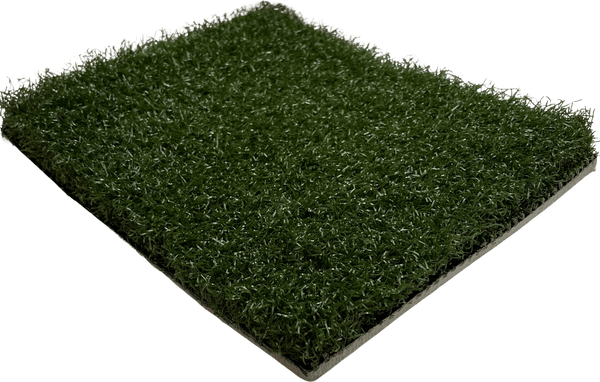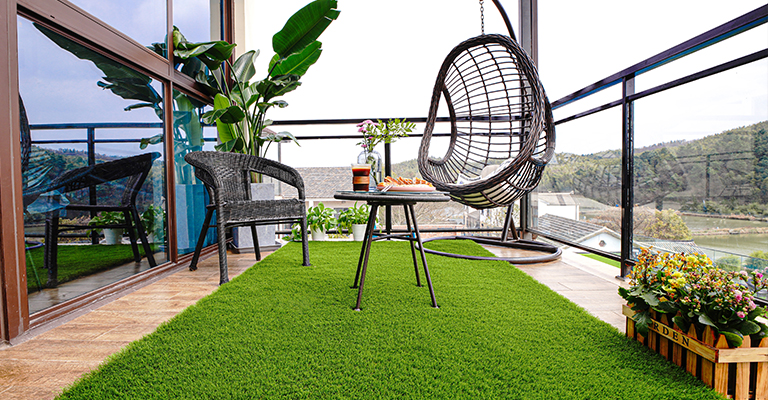Luxury Arizona Turf Installation Solutions for Homes and Businesses
Luxury Arizona Turf Installation Solutions for Homes and Businesses
Blog Article
Explore the Environmental Perks of Opting for Artificial Lawn Solutions
The adoption of artificial turf remedies offers an engaging possibility to deal with pushing environmental challenges. By significantly decreasing water use and lessening the application of dangerous chemicals, these choices not just advertise sustainable landscaping yet likewise shield neighborhood ecological communities.
Water Preservation Benefits
One of the most considerable advantages of fabricated lawn is its capacity to preserve water. In comparison, artificial turf does not require watering, considerably decreasing the total demand for water resources.
By eliminating the requirement for normal watering, synthetic grass adds to sustainable landscape methods and assists reduce the ecological impact of excessive water consumption. The preservation of water expands to the decrease of drainage, which can lead to dirt erosion and river air pollution.
In addition, the installment of synthetic grass allows towns and home owners to assign water sources a lot more efficiently, focusing on essential uses such as alcohol consumption water and farming. The shift in the direction of synthetic grass not just promotes accountable water usage however likewise straightens with wider ecological goals focused on protecting natural sources.
As neighborhoods increasingly focus on sustainability, the water conservation benefits of synthetic turf present an engaging case for its fostering in industrial and residential landscape design jobs.
Lowered Chemical Usage
The change to synthetic grass substantially lowers the reliance on chemical treatments typically utilized in natural lawn maintenance. Conventional grass administration typically entails the application of chemicals, plant foods, and herbicides to advertise development and control pests. These chemicals can present threats to human wellness, neighborhood wildlife, and the environment, adding to soil and water contamination.
In contrast, synthetic grass removes the need for these hazardous substances. When installed, it calls for marginal maintenance, primarily containing routine cleaning and infrequent infill replenishment. This reduction in chemical use not only benefits the prompt environment yet likewise adds to more comprehensive eco-friendly security. By reducing the release of synthetic substances into the environment, artificial grass advertises much healthier dirt and water systems.
Additionally, the absence of chemical overflow related to fabricated turf installations helps safeguard local waterways from contamination, supporting aquatic life and keeping biodiversity. Phoenix turf companies. As areas significantly prioritize sustainable techniques, going with man-made lawn presents a viable solution that aligns with ecological conservation objectives. Via this change, homeowner can appreciate rich environment-friendly spaces without compromising ecological health, leading the method for a more lasting future
Lower Carbon Impact

In addition, the installation of synthetic grass can cause significant water conservation. Natural lawns call for significant amounts of water for irrigation, which not only includes to the carbon footprint connected with water extraction and treatment however additionally stress neighborhood water resources. On the other hand, artificial turf requires minimal upkeep, calling for no watering, thus substantially lowering water usage and its linked energy Resources prices.
Additionally, the durability of man-made grass adds to its lower carbon effect. With a life-span of as much as 15 years or even more, the need for regular substitutes is diminished, causing much less waste and lower power usage in production and getting rid of traditional yard choices. In general, synthetic grass offers a sustainable alternative for eco mindful landscaping.
Habitat Conservation
Habitat preservation is a vital factor to consider in the dispute over landscaping options, particularly when comparing artificial grass to natural lawn. Natural grass lawns often call for considerable maintenance, consisting of using herbicides, chemicals, and fertilizers, which can adversely affect local ecological communities. These chemicals can seep right into the soil and waterways, harming indigenous flora and animals and interfering with webpage neighborhood habitats.
On the other hand, synthetic grass offers a chance to minimize the environmental footprint of landscape design. By going with artificial turf, homeowners can decrease the interruption of natural habitats linked with conventional lawn treatment practices. Synthetic grass gets rid of the demand for hazardous chemicals, therefore safeguarding nearby wild animals and maintaining the stability of bordering ecosystems. Additionally, the setup of man-made lawn can cause the conversion of former grass areas right into more biodiverse landscapes, such as pollinator yards or native plant locations, which can support neighborhood wildlife.
Ultimately, the transition to synthetic grass not only conserves water and decreases upkeep initiatives however likewise fosters a much more unified partnership between human activities and the natural atmosphere, promoting habitat preservation in the procedure.
Long-Term Sustainability
Long-term sustainability is a crucial factor in evaluating the benefits of fabricated grass over standard yard lawns. Among the most significant advantages of man-made turf is its sturdiness; it can last approximately 15-20 years with very little maintenance, whereas all-natural lawn calls for frequent reseeding and substitute. This durability reduces the need for constant sources, such as water, fertilizers, and chemicals, which are crucial for keeping a healthy yard lawn.
In addition, synthetic grass adds to a reduction in carbon exhausts related to yard care equipment. Typical yards typically need gas-powered lawn mowers, trimmers, and blowers, every one of which add to air contamination. Arizona artificial turf. In contrast, man-made turf gets rid visit their website of the need for such devices, advertising a cleaner setting
Moreover, the manufacturing of synthetic grass increasingly uses recycled products, enhancing its sustainability profile. As producers take on green practices, the environmental impact of synthetic grass remains to reduce.

Conclusion
The fostering of synthetic grass options provides substantial ecological benefits, consisting of significant water conservation, lowered reliance on unsafe chemicals, and a reduced carbon impact. Furthermore, fabricated turf help in preserving all-natural habitats by reducing land disruption and promoting lasting sustainability via making use of long lasting materials. Jointly, these aspects highlight the potential of artificial lawn to add favorably to environmental wellness and use a viable alternative to traditional landscape design techniques in a significantly resource-conscious globe.
In comparison, man-made grass does not require watering, considerably decreasing the total need for water sources. By reducing the launch of synthetic compounds into the environment, synthetic lawn advertises healthier dirt and water systems.
In addition, the setup of fabricated turf can result in significant water conservation. In comparison, fabricated grass needs marginal maintenance, needing no watering, thus significantly lowering water usage and its connected power expenses.

Report this page